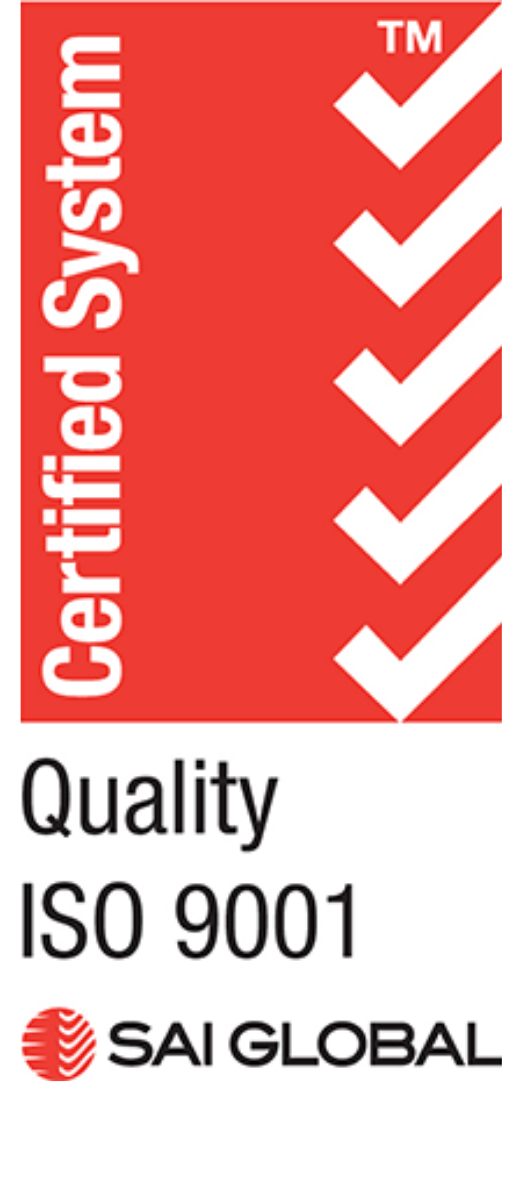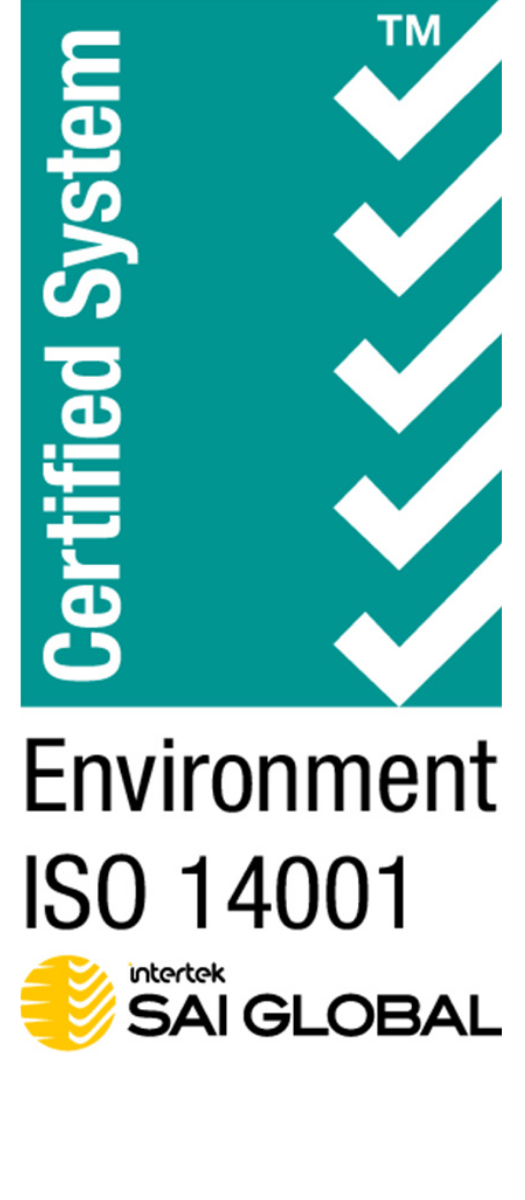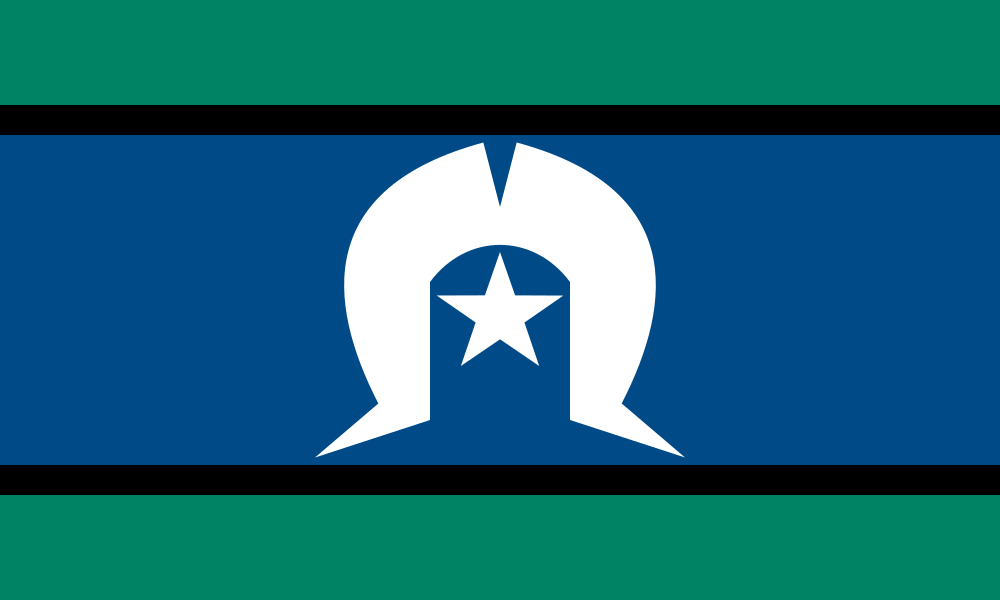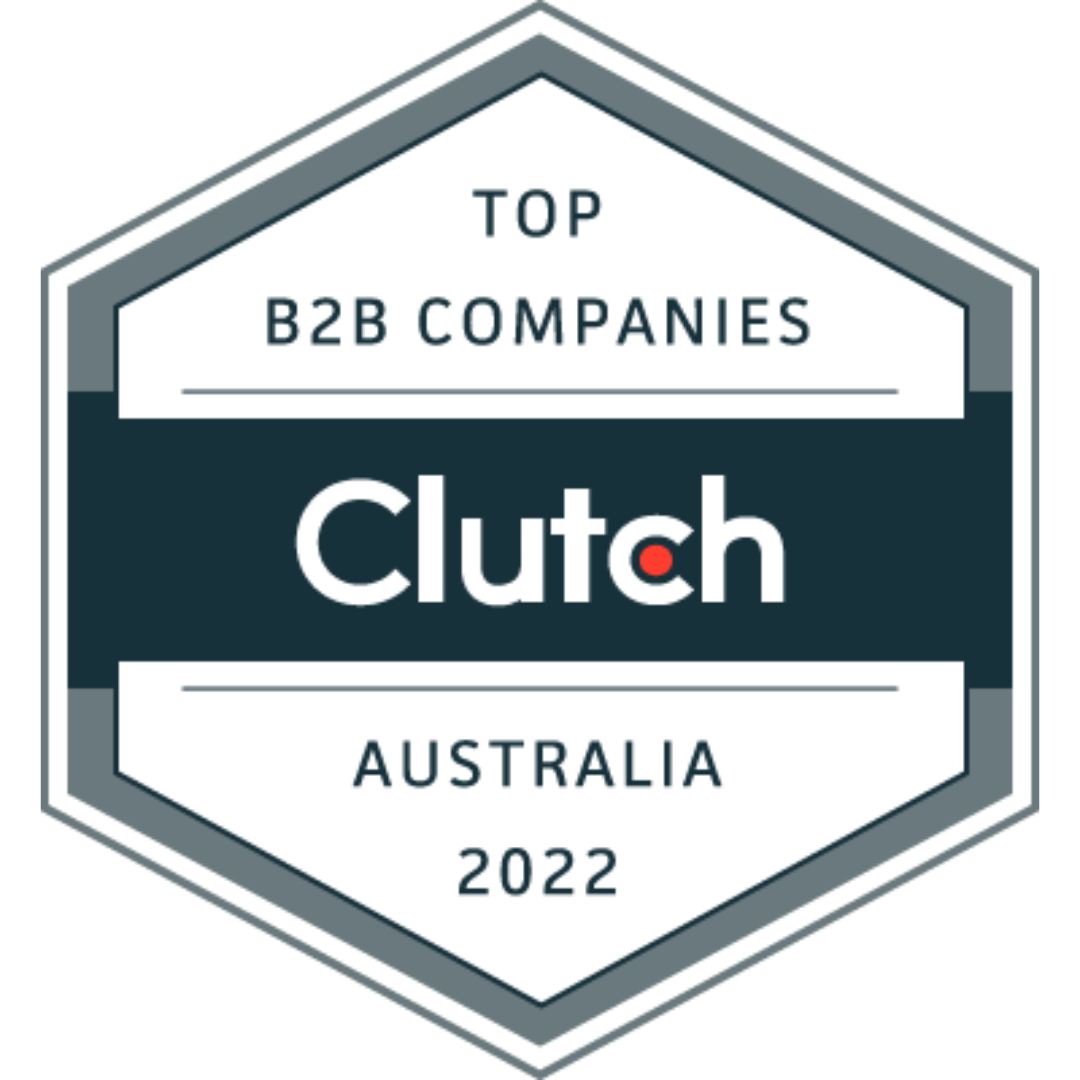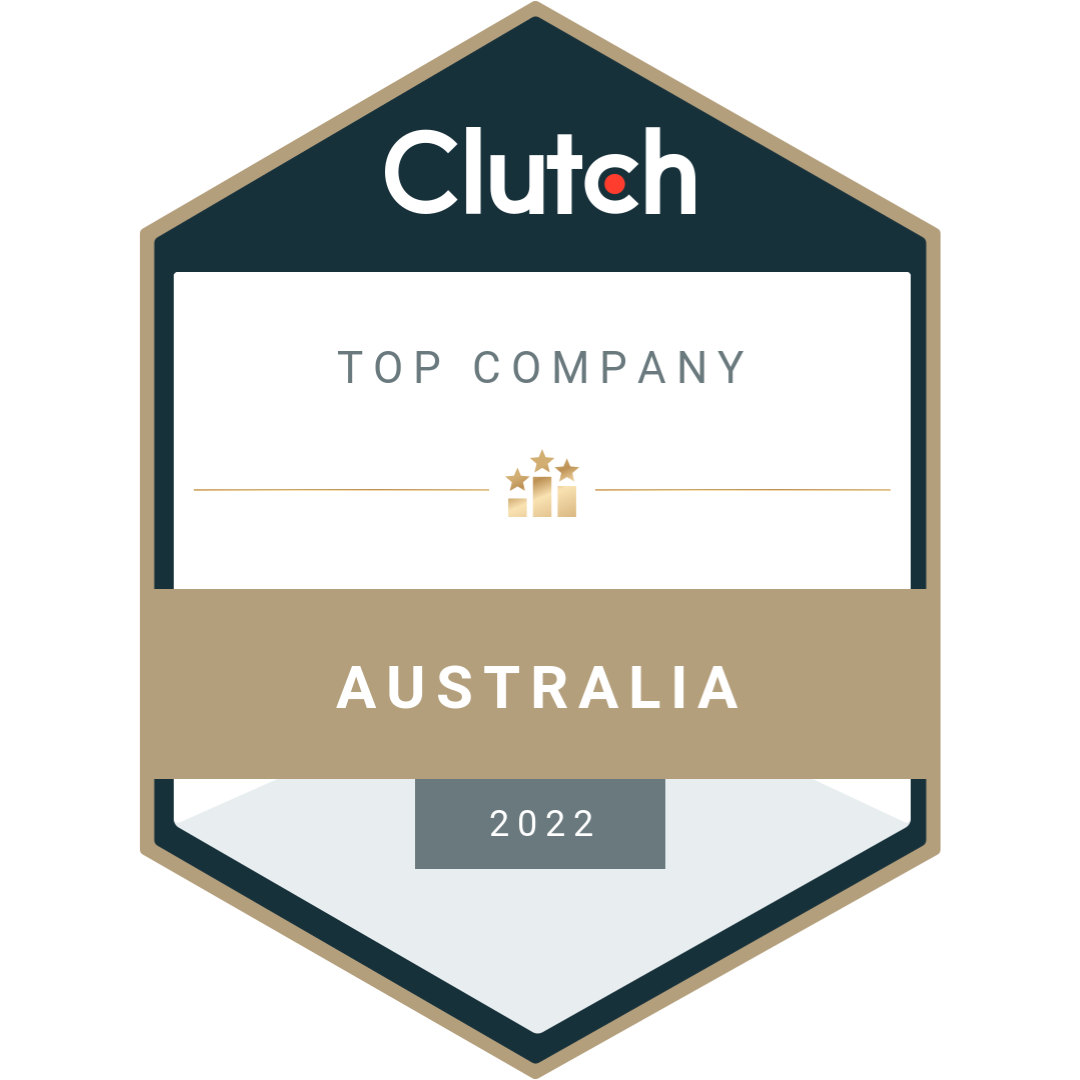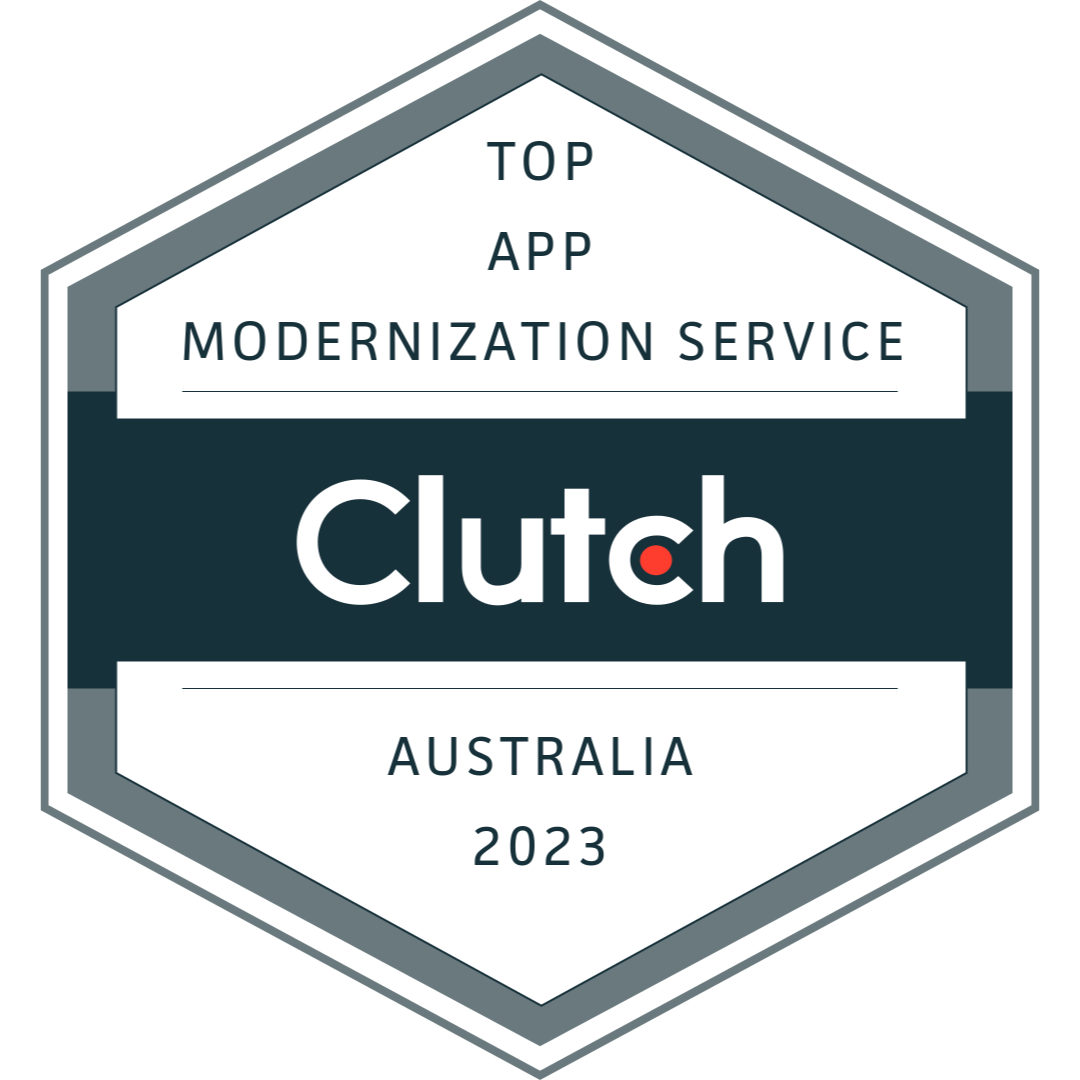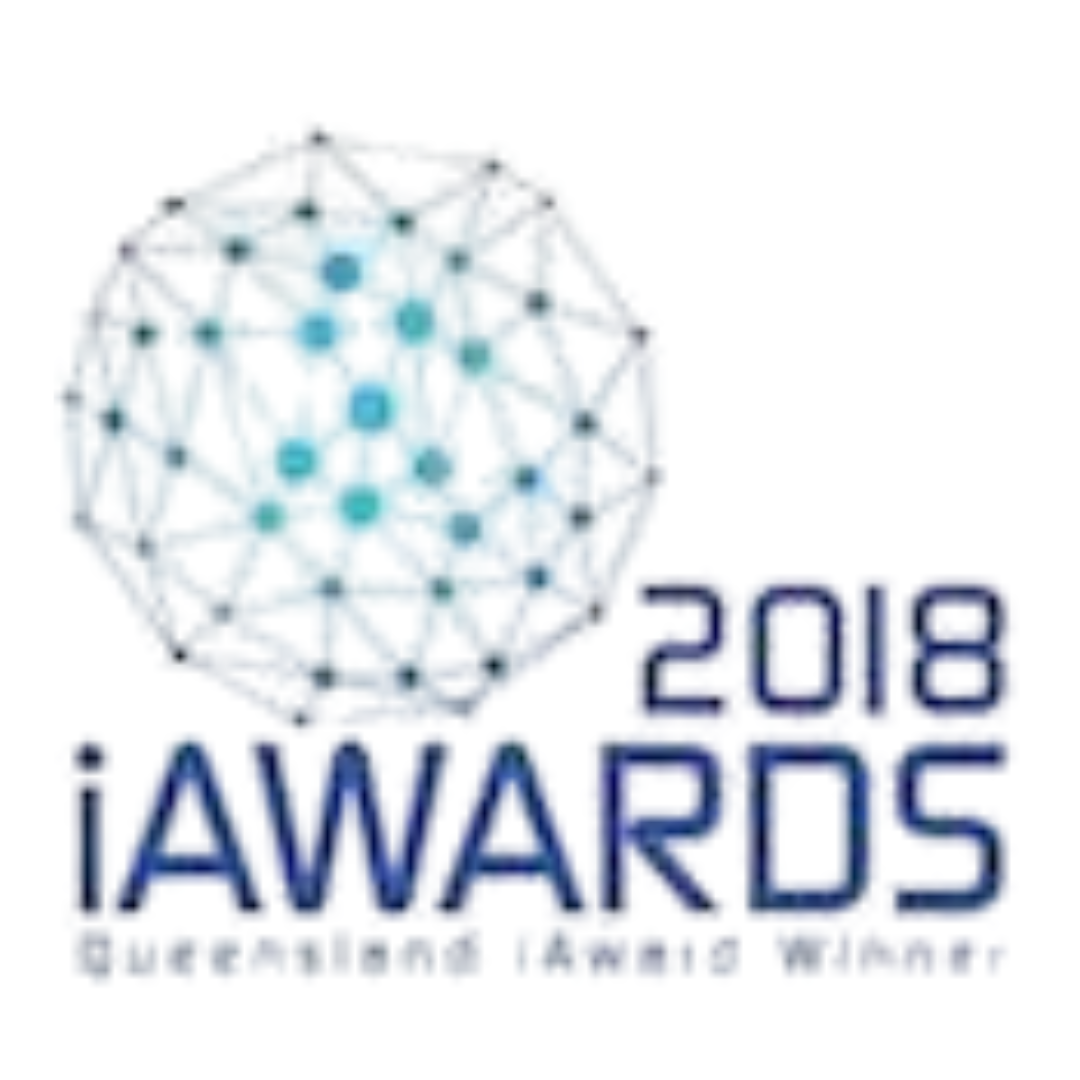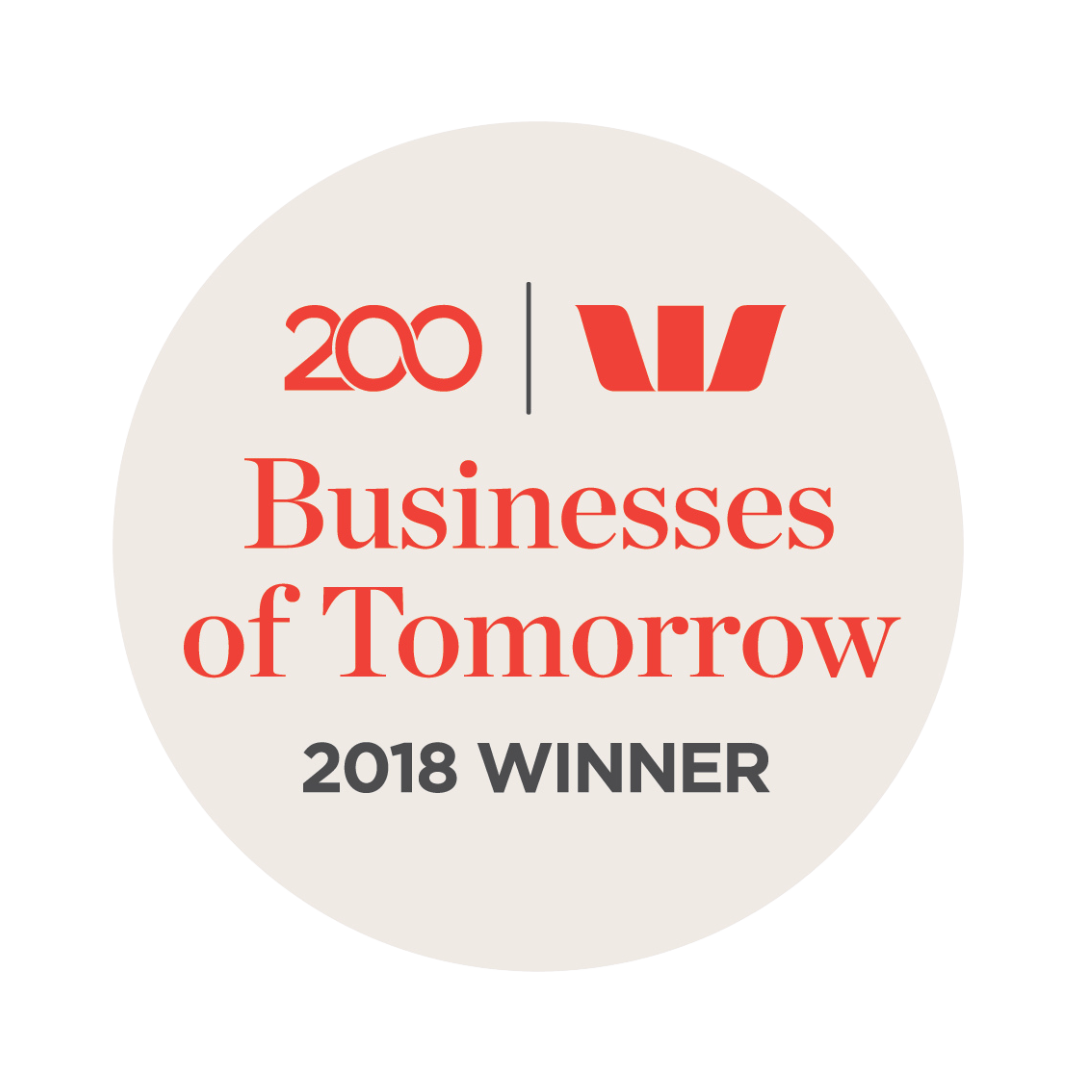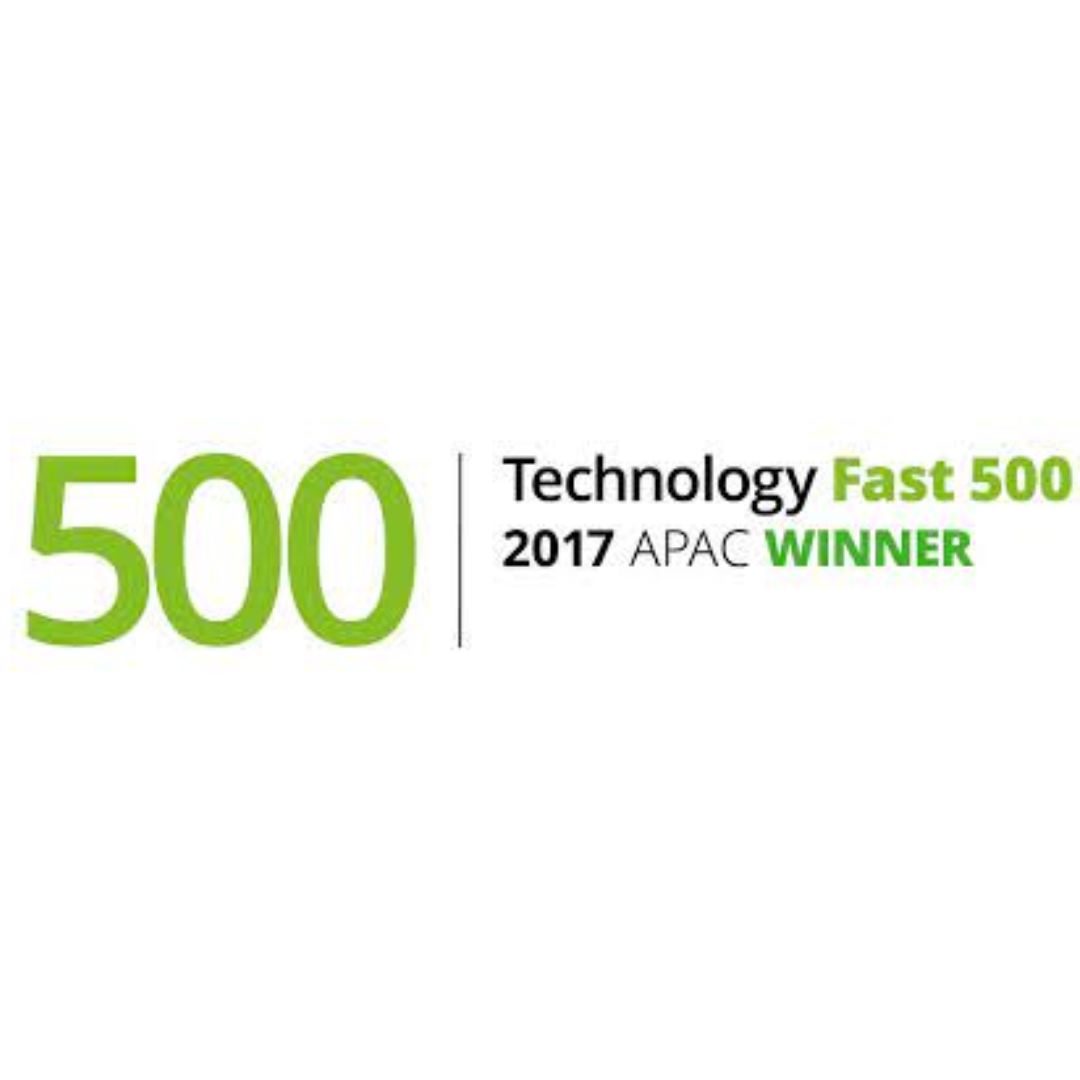J2Bot
J2Bot is a powerful Codebot on the Codebots platform that transforms structured models into fully functional full-stack applications instantly. By combining models, templates, and automated pipelines, J2Bot generates complete backend services (Java/Spring Boot), frontend components (React/TypeScript), PostgreSQL schemas, tests, and documentation from a single model. This eliminates weeks of manual coding, delivering production-ready applications in hours while ensuring consistency, quality, and traceability. J2Bot follows core principles like convention over configuration, separation of concerns, and continuous integration, making it a transformative tool for rapidly turning ideas into reliable software.




.png)
